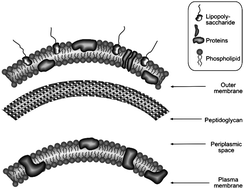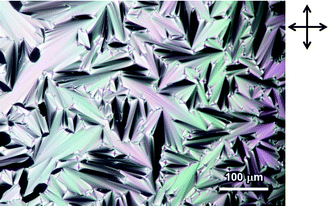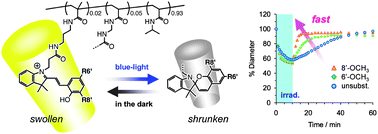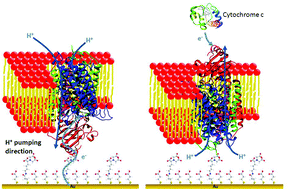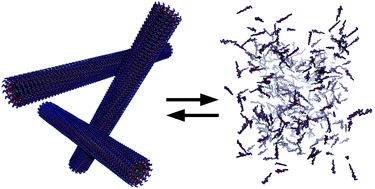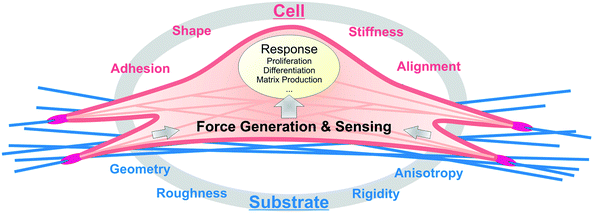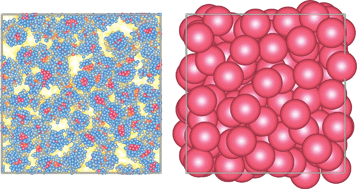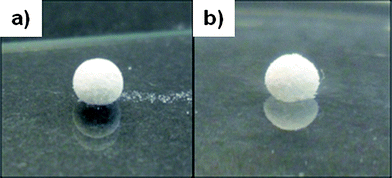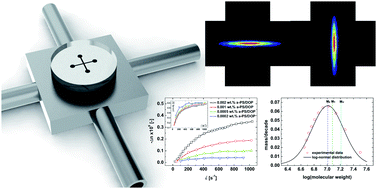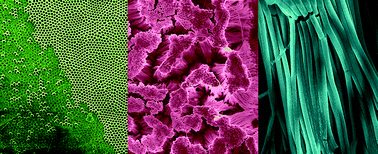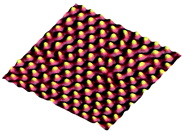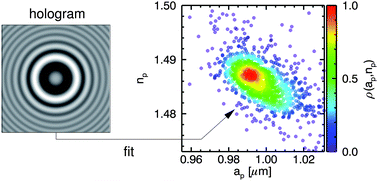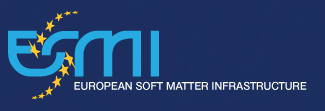Read for free until 30 September>>>
 Amphiphilic triblock copolymers: A new study demonstrates that the length of a polyethylene glycol (PEG) spacer has a crucial impact on the association behaviour of temperature sensitive triblock copolymers at elevated temperatures. Findings show that a short PEG length promotes formation of interchain complexes at high temperatures. Atoosa Maleki, Kaizheng Zhu, Ramón Pamies, Ricardo Rodríguez Schmidt, Anna-Lena Kjøniksen, Göran Karlsson, José G. Hernández Cifre, José García de la Torre and Bo Nyström, Soft Matter, 2011, DOI: 10.1039/C1SM05679D
Amphiphilic triblock copolymers: A new study demonstrates that the length of a polyethylene glycol (PEG) spacer has a crucial impact on the association behaviour of temperature sensitive triblock copolymers at elevated temperatures. Findings show that a short PEG length promotes formation of interchain complexes at high temperatures. Atoosa Maleki, Kaizheng Zhu, Ramón Pamies, Ricardo Rodríguez Schmidt, Anna-Lena Kjøniksen, Göran Karlsson, José G. Hernández Cifre, José García de la Torre and Bo Nyström, Soft Matter, 2011, DOI: 10.1039/C1SM05679D
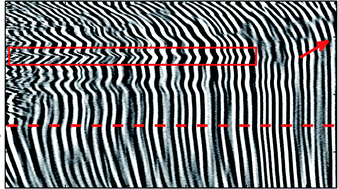 Yield stress fluids: Stress-induced fluidization of a simple yield stress fluid, namely a carbopol microgel, is addressed through extensive rheological measurements coupled to simultaneous temporally and spatially resolved velocimetry. A clear link between the transient regime of the fluidization process and the steady-state rheology is presented for the first time. Thibaut Divoux, Catherine Barentin and Sébastien Manneville, Soft Matter, 2011, DOI: 10.1039/C1SM05607G
Yield stress fluids: Stress-induced fluidization of a simple yield stress fluid, namely a carbopol microgel, is addressed through extensive rheological measurements coupled to simultaneous temporally and spatially resolved velocimetry. A clear link between the transient regime of the fluidization process and the steady-state rheology is presented for the first time. Thibaut Divoux, Catherine Barentin and Sébastien Manneville, Soft Matter, 2011, DOI: 10.1039/C1SM05607G
 Lipid rafts: Ligand-induced transbilayer coupling of rafts is simulated in this Hot Article. Using coarse grained molecular dynamics (CGMD) simulations the authors show that raft registration arises spontaneously in bilayers with a calcium- or ligand-crosslinked ordered phase segregating from a liquid disordered phase. Diego A. Pantano, Preston B. Moore, Michael L. Klein and Dennis E. Discher, Soft Matter, 2011, DOI: 10.1039/C1SM05490B
Lipid rafts: Ligand-induced transbilayer coupling of rafts is simulated in this Hot Article. Using coarse grained molecular dynamics (CGMD) simulations the authors show that raft registration arises spontaneously in bilayers with a calcium- or ligand-crosslinked ordered phase segregating from a liquid disordered phase. Diego A. Pantano, Preston B. Moore, Michael L. Klein and Dennis E. Discher, Soft Matter, 2011, DOI: 10.1039/C1SM05490B











